Interview by Les Tan/Red Sports

James Clarke, Senior Vice-President, Content, World Sport Group. (Photo courtesy of World Sport Group)
James Clarke is a senior vice-president at World Sport Group. Annually, the company produces, distributes and supplies more than 5,000 hours of sports programming covering almost 600 days of sports events across more than 30 countries in Asia.
World Sport Group is also a member of the Singapore SportsHub Pte. Ltd., the group that has been contracted by the Singapore Sports Council to design, build, finance and operate the new SportsHub coming up in 2015.
The company has its headquarters in Singapore with six regional offices in Beijing, Beirut, Delhi, Hong Kong, Mumbai and Tokyo.
Red Sports caught up with James Clarke for his thoughts on the Singapore sports industry.
Red Sports: Singapore is a financial hub. It is trying to be a sports hub too. Based on your experience of working and living in Singapore, how do you think the country is doing on that score?
James Clarke: The Singapore government’s initiative to establish the country as the leading international sports hub is a tremendous boost to the sports industry both domestically and regionally. The country has proven its great ability to mobilize the necessary resources required to successfully host major international sporting events.
The list is not only impressive but it continues to grow. The Asian Youth Games, the Youth Olympic Games, the Singapore F-1 Grand Prix and the Barclays Singapore Open have put the nation on the global sporting map.
Additionally, the construction of the Singapore SportsHub is an important part of the government’s vision and a catalyst to achieve that vision.
The government has also done a great job ensuring that Singaporeans have access sports infrastructure that is second to none — facilities including running tracks, tennis and basketball courts, football pitches and public swimming pools which are open to everyone.
This, alongside other vital ingredients such as cultivating increased sport participation, youth development and excellence, and growth in industry will ensure significant growth in the years to come.
At the popular level, support for local sports and sports participation is far greater than many people credit. While there are many people who are fans of the English Premier League football, they should try watching a Singapore national team match to appreciate what really matters to Singaporeans – their great passion and unwavering loyalty towards their national team.
During the 2007 ASEAN Football Championships (now known as the AFF Suzuki Cup), some 1.05 million Singaporeans — about 25 percent of the population — watched the second leg of the final between Singapore and Thailand, when Singapore emerged as Southeast Asia’s football champions.
Red Sports: What are the major pieces needed for a country to become a sports hub for sports businesses like yourselves?
James Clarke: Recognizing the importance of the sports business to domestic sport development, the Singapore government’s strategy to position the nation as a place where sports and business meet, is timely. It has already committed the financial investment and resources that are necessary to create a thriving sports ecosystem. By harnessing business, sport and community, and taking advantage of the nation’s great assets — accessible geographic location, burgeoning economy together with its dynamic corporate community and skilled workforce — Singapore offers the ideal environment for sports businesses.
The Singapore Sports Council’s role in achieving the Singapore sporting vision — participation, excellence, industry — is key.
Another important part of this mix is increased corporate support. The Barclays Singapore Open is a classic example of how this strategy works. Title-sponsors Barclays have identified golf as the sport which is most suitably aligned with their brand values and business objectives. The event is therefore a highly effective tool in delivering on their corporate strategy for their financial services products.
Similarly, over the years, the Barclays Singapore Open has helped present Singapore and Sentosa Island to a global golf audience as a choice destination. In just five years, the event has grown into the richest national golf tournament in the region, and a major fixture on the global sporting calendar.
Like Barclays, more and more companies including Standard Chartered Bank, with their support for the marathon, OCBC, with their cycle event, and Singtel which title sponsors the Singapore Grand Prix, are leveraging upon sports sponsorship to achieve their business objectives. We can expect the trend to continue as more opportunities become available particularly with the construction of the Singapore Sports Hub.
Finally, talent. There must be a skilled and experienced workforce which can deliver events professionally, whether it’s a 300-person running race or a global event like the F1.
Red Sports: China and India are attractive markets. Do they take sports business away from ASEAN countries? Or do you think ASEAN is big enough in its own right, and there is still undeveloped potential for sports businesses to develop around, say, the ASEAN Football C’ship (Suzuki Cup), the ASEAN Football Super League, the ASEAN Basketball League?
James Clarke: Most companies don’t have an “Asian budget” for sponsorship or marketing; they have country budgets. So what gets spent in China isn’t money that is being “taken away” from ASEAN. There is great potential for the sports business to develop in the region. The first-ever ASEAN Football Federation Championships was launched here in Singapore in 1996 – as the Tiger Cup then, now it is known as the Suzuki Cup – and the event has been a huge success. In fact, it is the ratings leader in Southeast Asia.
People in this part of the world are realistic about their chances of winning a World Cup, but we’re still highly competitive and the chance to beat Indonesia, Thailand and Malaysia to win a regional championship is something we are incredibly passionate about.
There is still work to be done across the region in mobilizing government and corporate support, as well as talent, but events like those you mentioned (and I would add the SEA Games, which is one of the most under-served and under-valued properties in the business) have huge growth potential.


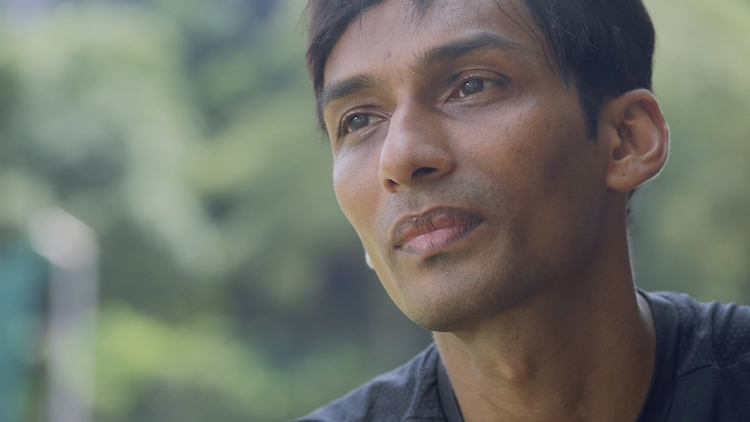



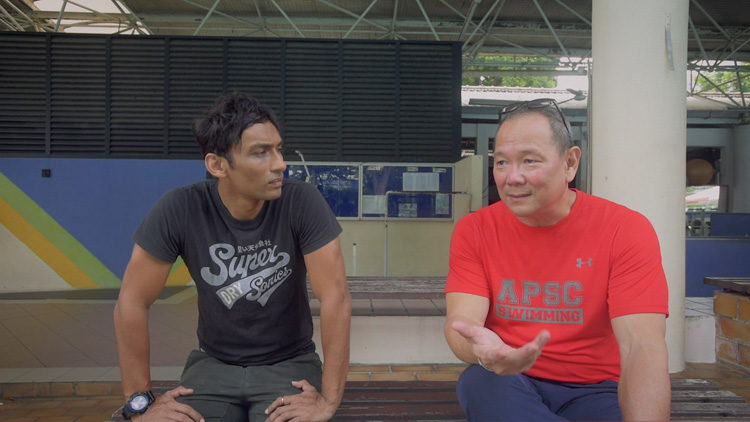

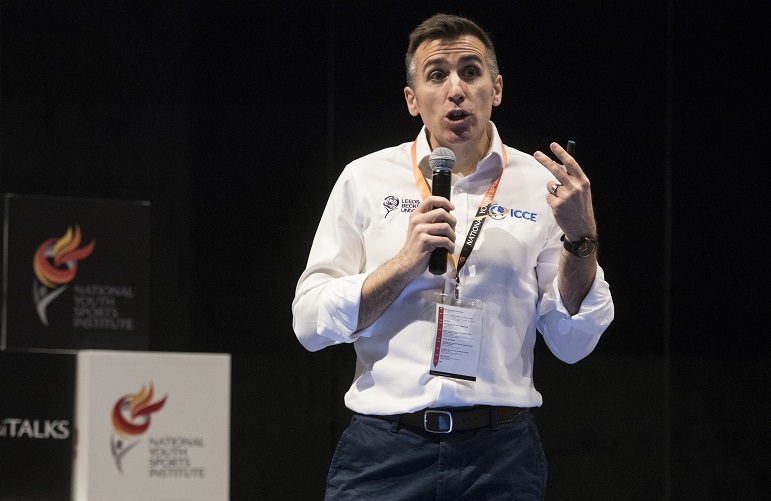
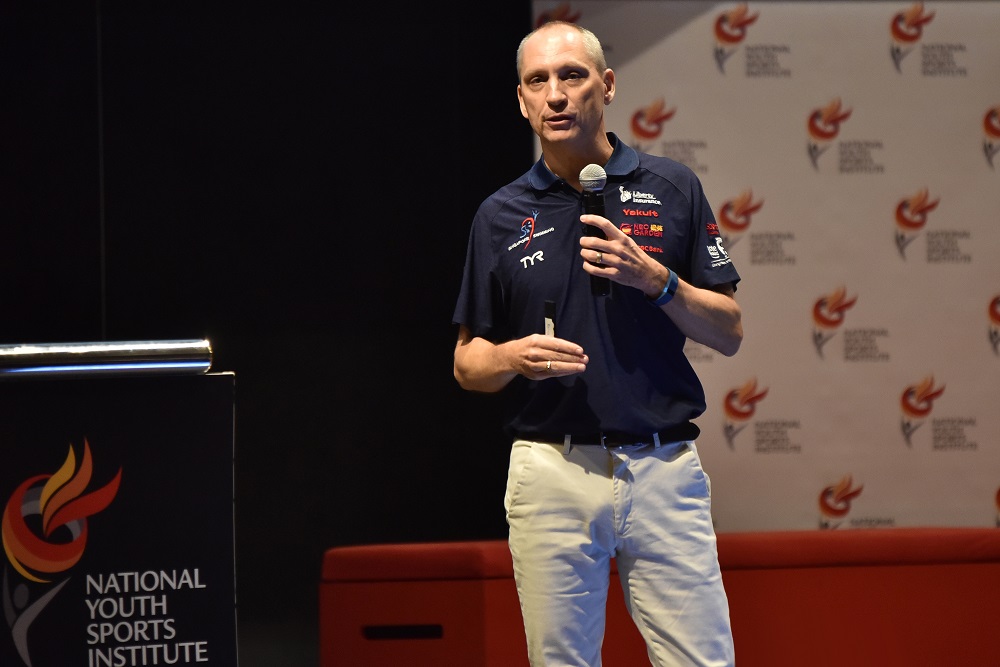
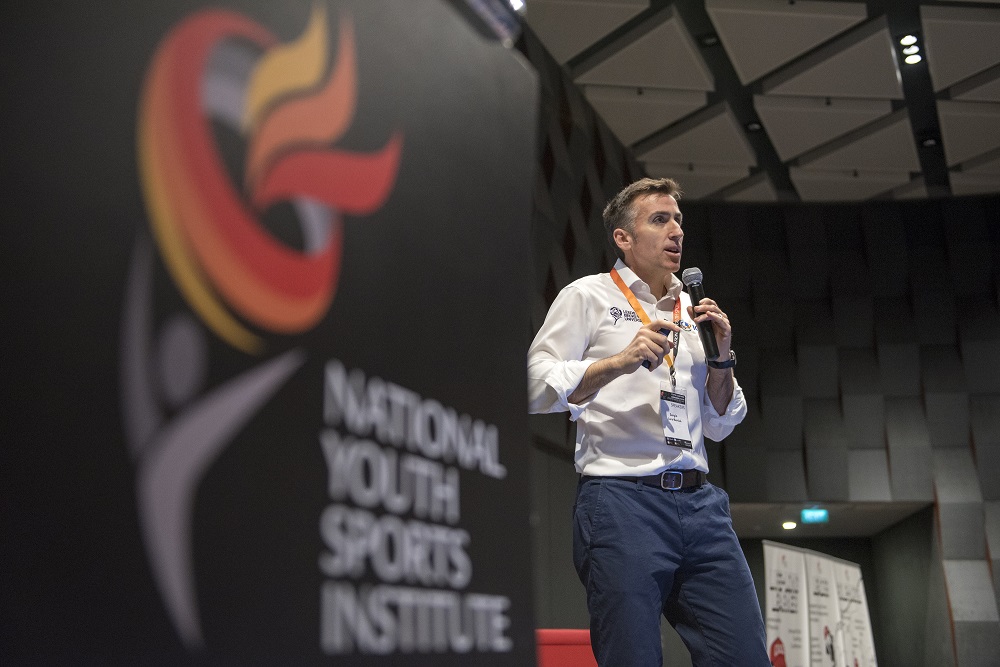
Leave A Comment